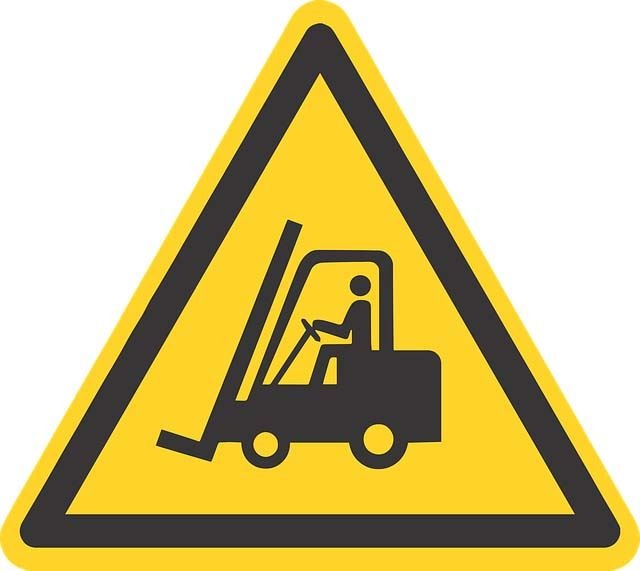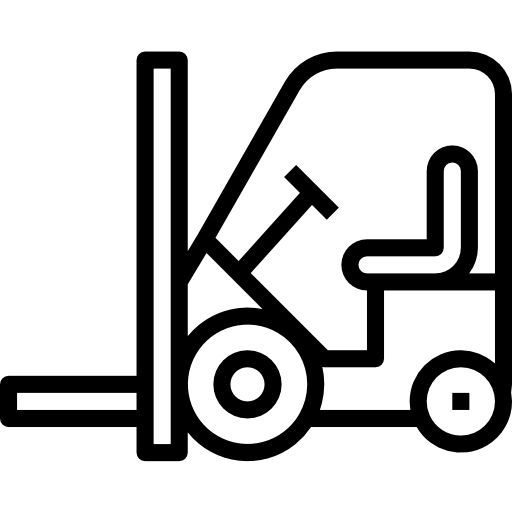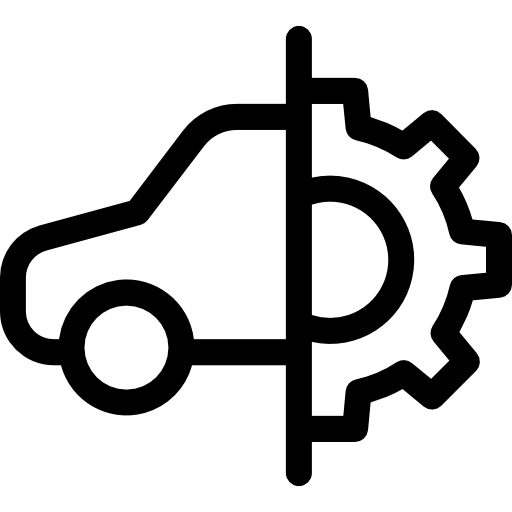Safety measures for operating a forklift
Forklift safety involves numerous factors. First of all, the drivers need to improve their safety awareness and operation level. Managers ought to strengthen the safety management and daily maintenance of forklifts. Supervision agencies should improve inspection levels and strengthen supervision to continuously improve the safety and technical status of forklifts, to reduce the occurrence of forklift injury accidents to a certain extent.
Forklifts have a high crash rate and often cause major injuries, mainly due to:
- The forklift being large in size and having a large impact inertia. The weight of an ordinary 3-ton forklift is generally the total weight of 3 ordinary cars. When a forklift strikes, the impact force is equivalent to that of a heavy goods vehicle.
- The forklift having a high probability of going backwards. The operation characteristics of forklifts are short-distance transportation and loading and unloading with strong round-trip repetition, and the probability of backward and forward is basically the same. When driving backwards, the field of vision is not wide enough, and it is easy to cause a collision accident.
- Most of the forklifts are used in harsh environments, with long working hours, high frequency of starting and stopping, and the braking performance is bound to decline and are therefore prone to collision accidents while driving.
- The quality of forklift drivers is uneven (some drivers have weak safety awareness), and the labour intensity is high . Most of the forklift accidents occur in the use stage, especially when the driver operates the forklift unreasonably, or even drives without a license. At the same time, forklift drivers have high work intensity and long working hours, which often lead to forklift accidents due to fatigue driving.
- The operating area of the forklift is narrow and the operation is difficult. The counterbalanced forklift uses rear wheel steering which, when turning, will make the counterweight at the rear of the forklift swing greatly. Furthermore, the rear position is a blind spot for driving and it only takes a little carelessness by the driver to cause an accident.

To prevent and reduce forklift collision accidents, the following measures are recommended:
- Increase the daily maintenance of forklifts. Before each time using the forklift, the driver must conduct a daily inspection of it. Using an unsafe forklift is strictly prohibited.
- Increase the technical training and safety awareness of the forklift drivers. The drivers must hold a licence to work. Speeding, overloading, and driving under the influence (DUI) are all strictly prohibited.
- Install a forklift anti-collision warning system, adopt UWB wireless positioning technology, and personnel wear tags and make sure that the forklifts are installed with base stations. When people approach the forklift, the forklift detects and emits an audible and visual alarm to remind the driver to pay attention to the operator.
- If conditions permit, set up special forklift passages and pedestrian passages to isolate forklifts from pedestrians in space. If conditions do not permit, warning signs must also be set up in the area where forklifts drive, to remind pedestrians to pay attention to safety.





